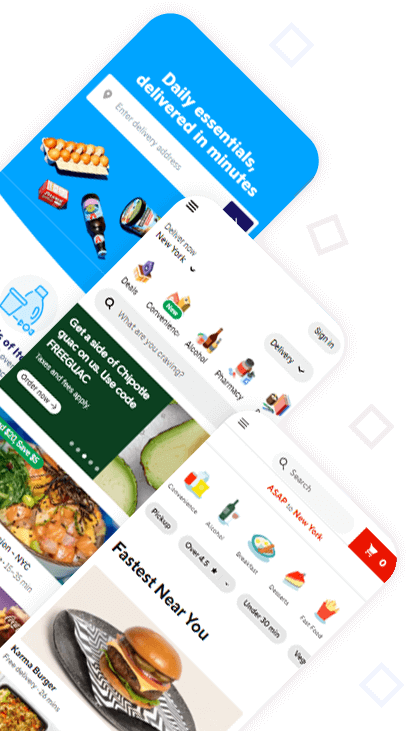Let's talk!
We'de love to hear what you are working on. Drop us a note here and we'll get back to you within 24 hours.

We'de love to hear what you are working on. Drop us a note here and we'll get back to you within 24 hours.

The restaurant reviews scraping technique involves automated gathering of customer reviews and other desired data from multiple online sources, including review sites, social media sites, and online forums. This requires the application of web scraper tools or scripts, which collect large chunks of reviews, including information on ratings, comments, and timestamps from various resources, in a single go.
Scraping the data allows you to include information about the restaurant, like its name and location, and content, like the type of meals and other relevant attributes. A scraping restaurant scenario enables companies to discover an overall picture of customer views through sentiment, feedback, and preferences. This information can be used for extensive purposes, including market research, competitor analysis, and reputation management.
Scraping Restaurant Reviews helps businesses spot patterns, see what needs to be done at certain places, track customer sentiments, and make informative decisions to enhance the dining atmosphere and improve the client experience.



The restaurant reviews analysis can be a very helpful instrument for the food industry, thus providing information and possibilities for improvement. Here are several key use cases:
Customer Feedback Analysis:
Through the examination of restaurant reviews, restaurants can get to know their customers, and thus, understand their experience, including the likes, dislikes, and the things that they need to improve. Through this feedback, we get to know whether the customers are happy or not, and can in this way serve the changes to the menu, enhance the service, and even make any operational changes.
Identifying Trends and Patterns:
Review analysis can show the upcoming tendencies of consumer demands, like the most popular dishes, the eat-out style, and the dietary preferences (e.g.) , vegan, gluten-free). Thus, it is important for restaurants to know these trends so that they can adjust their products to fit the changing customer needs.
Competitor Benchmarking:
Studying the reviews of competitors helps one give a good comparative analysis. Restaurants can pinpoint their strengths and weaknesses against competitors; thus, they can design their niche and take advantage of the gaps in the market.
Quality Control and Consistency:
Through the monitoring of reviews, restaurants are able to evaluate the stability of their services in various locations or even at different times. By recognising continuous positive or negative feedback, the concerned areas that require quality control measures to be tightened can be easily spotted.
Brand Reputation Management:
Before it is out of your control, managing the online reviews is the best way to guarantee the restaurant’s reputation and help build it. By instantly dealing with negative feedback and using positive reviews, restaurants and other establishments can develop a positive brand image and attract more customers.
Menu Optimization:
The menu review analysis can be the main tool for menu optimization by pointing out the dishes with poor sales and not very popular. Restaurants can take this data and to make their menus more efficient, to put on them the most popular items, and to introduce the new items that correspond with the customer’s preferences.
Marketing and Promotion:
Positive reviews can be used in campaigns to attract new customers. Reviewing the sentiment of the reviews and identifying the major themes allows restaurants to create specific messaging that can be connected with their target group.
Predictive Analytics:
Sophisticated analytics methods can be utilized to analyze future trends based on historical data. Predictive models enable restaurants to predict shifts in consumer preferences, enabling them to stay ahead of the competition.
Operational Efficiency:
Review analysis can be used to find operational inefficiencies, such as long wait times, inconsistent service, and cleanliness problems. Tackling these problems results in better productivity and improves the whole food-eating experience for customers.
Personalized Recommendations:
By studying the customer’s likes and dislikes and the way he uses the service, restaurants can give individualized suggestions and deals. This improves customer satisfaction, which is why customers become loyal to a company.
January 21, 2025 B2B marketplaces use data collection to expand and maintain relevance in the food industry. Organizations can improve...
Read moreJanuary 2, 2025 Web scraping has now become an important strategy in the accelerating world of e-commerce, especially for businesses...
Read more